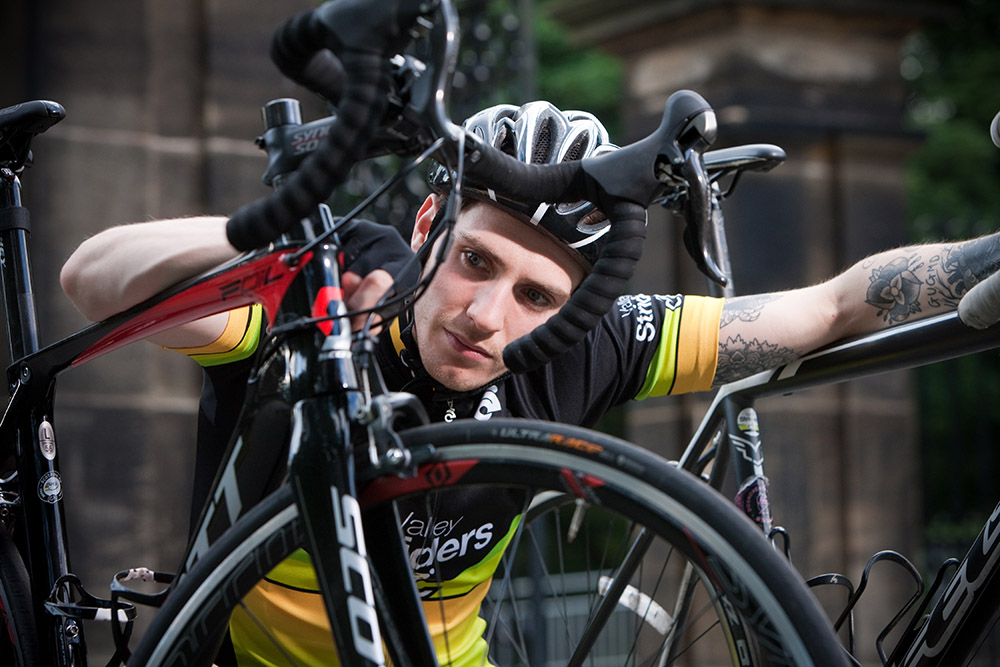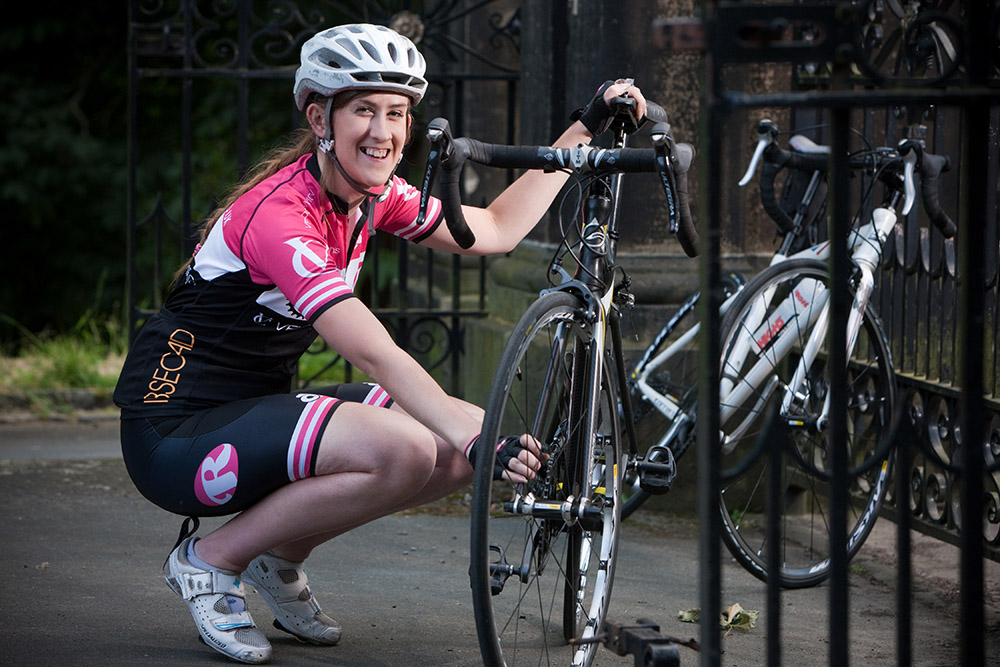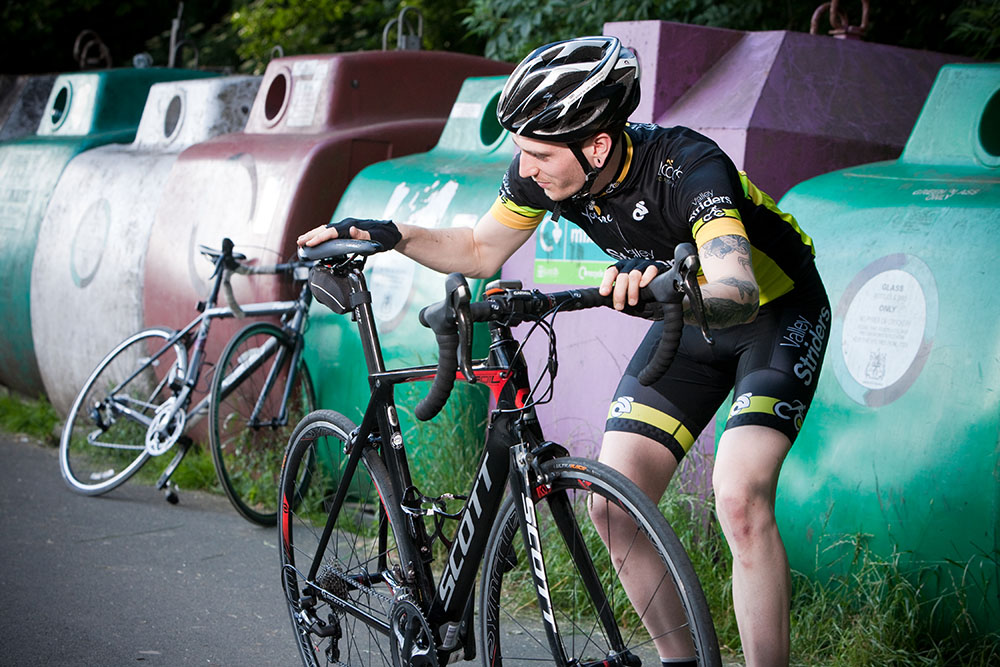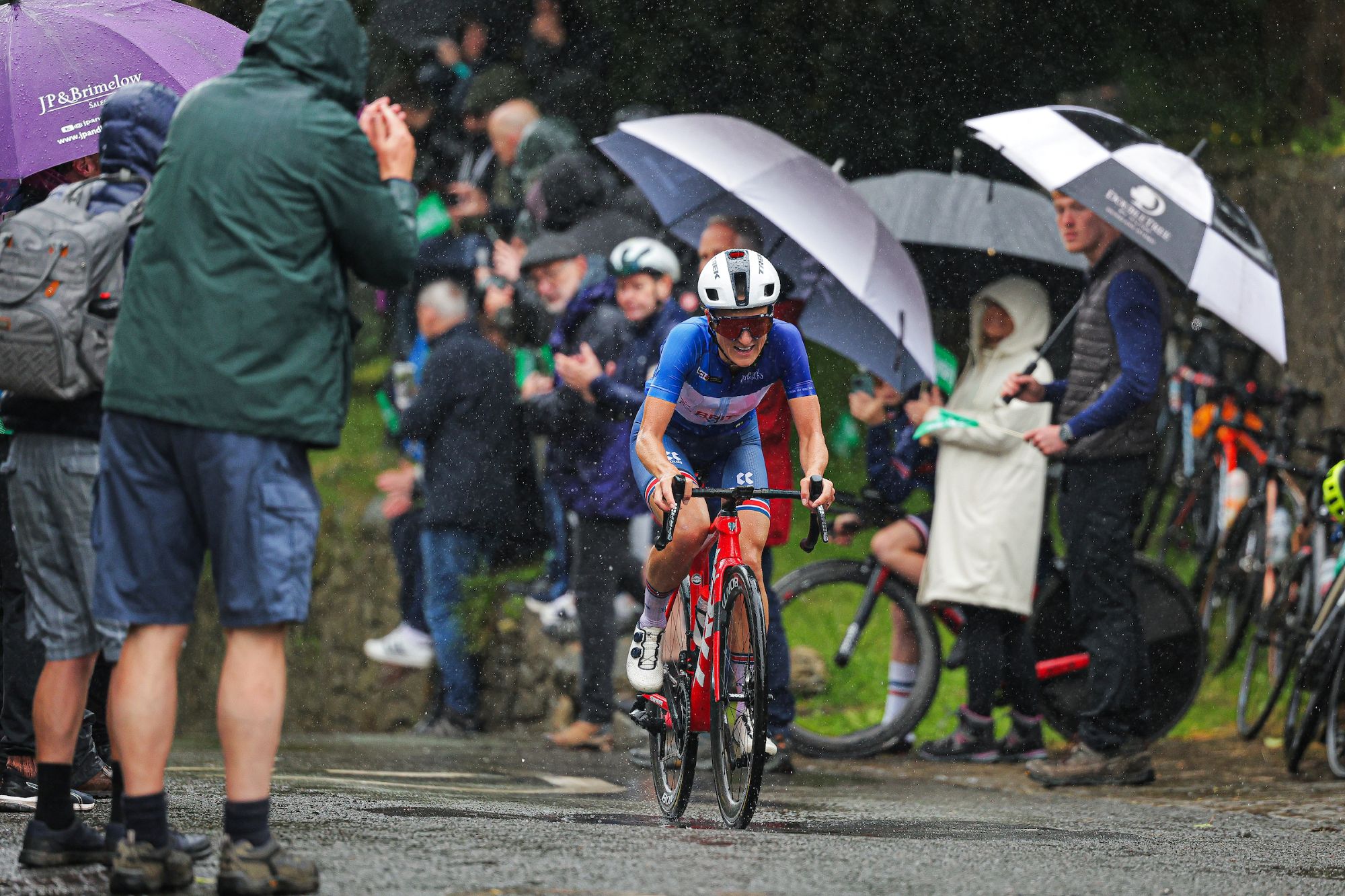Does a new bike make you faster?
There’s one particular two-word combo that’s guaranteed to quicken the pulse, heighten excitement and generally make your world a shinier, happier place — ‘new’ and ‘bike’. But would a new bike actually make you faster?

There’s nothing quite like a new bike the lure of the shiny, the seductive appeal of the latest tech, the unshakeable conviction that a new bike will lead you, at least metaphorically, into the sunlit uplands of smooth roads and a permanent tailwind.
Most riders will be familiar with the idea that a new bike makes you faster. It’s the standout symptom of new bikeitis and one that’s subtly exploited by those whose job it is to persuade you to part with your hard earned cash for a new ride. So, is it true, can a new bike make you faster?
“Surprisingly perhaps it’s an area that’s not been studied much at all by academics in sports psychology,” said Mustafa Sarkar, researcher in sport and performance psychology at Loughborough University.
“But anecdotally, we know it can be true.”
Motivation
In the short term, it can be a very good boost to motivation. In the longer term, motivation has to come from a different place, and two other things are more important. They are a love of cycling and the wish to improve.”
Yet, many of us are familiar with the sheer excitement of a new bike and the sense of pushing harder in its saddle. Real riders report that Strava times are improved, training time is longer and the sense of enjoyment when cycling is heightened by a new bike. “There is evidence to suggest that rewards, like a new bike, will make you faster,” said Sarkar. “The work ethic will be harder. Resilience will be improved and resistance to failure will get better.”
This might be because of a combination of feeling you ‘owe’ it to your new bike, the investment made in it, and the increased self-belief generated by new equipment. Another factor that may have an impact is the sense that you are no longer being let down or badly served by poorer quality equipment.
Get The Leadout Newsletter
The latest race content, interviews, features, reviews and expert buying guides, direct to your inbox!
“Old or badly maintained equipment can be a pressure — psychologically you may feel it’s limiting your performance and preventing improvement. Getting rid of it removes this pressure and stress, and helps you to go better on the bike.”
“Optimal motivation is not about spikes of highs and lows,” said Sarkar. ”Improved performance comes from maintaining a steady level of motivation.”
A new bike will give you a spike, it will give you something to cherish and polish, but it won’t in isolation make you fitter and faster forever. Enjoying riding it more, and for longer, than your old one, however, will certainly help.
Cheaper tricks
A new bike is a big investment, and for most people the motivational lift it can provide is not something that happens every season. But there are a few other, cheaper, motivational tricks that can work well, too.
- The biggest improvement you can make to a bike is to fit better wheels. They might be lighter, or more aero. One other thing to consider when you buy new hoops is the sound they make. Some wheels just sound fast – mainly deep section, carbon wheels - and that can be very motivational. Try before you buy.
- When you’re really going for it, you often look down at the stem. Fit a headset cap with a motivational message on it. It can be humorous, like “push harder, fat lad” or a reminder of a mantra like “never give up”.
- An old trick that pro mechanics use is to fit brand new bar tape the day after a rider has endured a really hard stage in a race. The bike feels new and refreshed, and there’s no grimy reminder of yesterday’s suffering. That can work for us. It’s relatively cheap and it makes a difference.
- For a few pounds you can get stickers made up with your name to attach to the frame. It visibly reaffirms ownership and provides a direct connection between you and your bike. Surprisingly effective in motivational terms.
- A clean bike is a fast bike. Getting on a bike that’s well-maintained and ready to ride hard feels a whole lot better than jumping aboard a dirty, squeaky machine.
How much faster? We found out
Why do we do it?
What motivates us to improve? Sports psychologists divide motivation into two types — from within (intrinsic) and from without (extrinsic).
Extrinsic motivation
In cycling, extrinsic motivation would be seen most often in riders who race. Professional riders are the prime example. They are motivated to succeed by winning races, being paid to be the best, and deriving their livelihood from sport.
Many pro riders will, of course, enjoy riding their bikes, but the biggest motivational factor for them is to win, either by crossing the line first or doing a difficult job, like being a climbing domestique or a lead-out man, very well.
At amateur levels, cyclists who are powered primarily by extrinsic motivation will, again, tend towards competitive events, seeking rewards of a different kind — small prizes or recognition from their coach or peers or club-mates, or progressing through to first or second cat status. Extrinsic motivation is all about the pressure to perform.
Intrinsic motivation
This type of motivation is all about the pleasure of participating in cycling for its own sake.
You will be motivated to ride your bike because you enjoy it and you take personal pride in achieving your own goals, not those set by others.
This might be anything from improving PB times to learning successfully to ride in close quarters at speed in groups, like chaingangs.
If this is the main source of motivation, you enjoy the process itself rather than its outcome. You will find cycling stimulating, interesting and rewarding. Being fast or strong might be a pleasurable result, but it’s not the main reason.
New Bike Motivation
So where might a new bike fit with this model? “Actually, it’s a bit of both,” said Mustafa Sarkar. “There’s some extrinsic motivation because the act of buying a new bike will inevitably place some pressure on you to improve. It’s the idea of ‘doing it justice’.”
But there will be an element of intrinsic motivation too. ”A new bike is strongly linked to fun and enjoyment, not just performance. It will usually be pleasurable to ride it for its own sake.”
What’s the best type?
Most riders who enjoy cycling, and improve their skills and technique, will keep a balance between the two types. Doing that is generally seen as the key to maintaining motivation at a good level.
It’s easy to see that being a pro rider could remove the enjoyment from cycling, but it is a rare professional rider who does not still really enjoy being out on a bike most of the time. He or she is balancing the two types.
For an amateur, time spent in the saddle is always time well spent. But keeping an eye on Strava or other online tracking systems will provide a shot of extrinsic motivation to spur you on.

My new bike
Emma Pulsford
“I thought it was the lightest, bestest thing in the world. I rode it all the way home with a smile on my face. I loved it.” It was ‘a’ new bike, but it wasn’t ‘the’ new bike, for Emma, a 27-year-old bar manager from Leeds. “It was a Halfords special, 500 quid, a Carrera with a Sora groupset, heavy own brand wheels and it weighed about 14 KG,” she said.
“After about a year riding it I started noticing people on nice bikes, and when all the summer bikes came out and I thought it might be time for an upgrade.” Pulsford agonised for months on what to get and finally her partner Andy solved it by buying her a frame for Christmas.
“It was a Giant TCR Composite. I dithered for a bit longer over Ultegra versus 105 and other bits and pieces. I went for Ultegra in the end and Ksyrium Elite wheels and a Fizik Arione Donna saddle. I was ready!
“The first ride was just awesome. I went on bumpy roads I know well and the carbon frame just soaked them up. I was dancing up the hills. I did a circuit I knew well and lopped about four minutes off my previous PB. “
The performance improvements continued in the weeks and months afterwards. ”I am getting PBs on every ride and I can’t wait to get the data into Strava and see all those lovely little cups and trophies come up, “ said Pulsford.
“It’s such a nice bike I feel I have to ride it harder. It makes me want to ride it”

Jon Pownall
“It has absolutely, without doubt made me ride more. I’ve gone from around 100 miles a week to 200,” Pownall said. And he thinks his increased mileage will be sustained. The 25-year-old cafe supervisor is loving his Scott Foil 20, with Ultegra group and Syncros wheelset.
“The first proper ride I had on it, everything instantly felt right. Every pedal stroke feels like it’s powering forward. Every gear change is slick and solid. It’s quicker in the flats and even though it’s lighter than my old bike, it’s quicker on descents, because I feel more confident.”
“I get PBs much more often now and my times have definitely improved on regular segments.” Pownall came off a Felt 95, with Sora nine speed groupset and Alex 500 rims — a workhorse of a bike that’s no lightweight. He bought it online without riding it first and before too long was looking around to replace it. “It dawned on me fairly quickly that it was quite hard to ride, and when I joined a club and saw some nicer bikes, I knew I had to get a new bike.”
Pownall took advice and bought from his local bike shop after test rides. He went for a previous model year and as a result got a bargain, paying £1,800, a discount of around £1,000 on full price.
“I am dreading the winter”, he says “because I’ll have to go back to the Felt. But people have said it will build fitness if I train through the winter on a heavier bike.”
One of the big differences Pownall has noticed might not be the first thing you think about: “It just sounds right,” he says. “Every time I change gear the sound is satisfying.” Pownall is now looking to step up to racing, something he had never considered aboard the old bike.

Thank you for reading 20 articles this month* Join now for unlimited access
Enjoy your first month for just £1 / $1 / €1
*Read 5 free articles per month without a subscription

Join now for unlimited access
Try first month for just £1 / $1 / €1
-
 FDJ-Suez, SD Worx-Protime, Lidl-Trek confirmed for Tour of Britain Women as strong list of teams announced
FDJ-Suez, SD Worx-Protime, Lidl-Trek confirmed for Tour of Britain Women as strong list of teams announced18 teams set to take part in four-day WorldTour stage race
By Tom Thewlis
-
 Cyclists could face life sentences for killing pedestrians if new law passed in England and Wales
Cyclists could face life sentences for killing pedestrians if new law passed in England and WalesReckless cycling currently carries a maximum two-year jail term
By Tom Thewlis